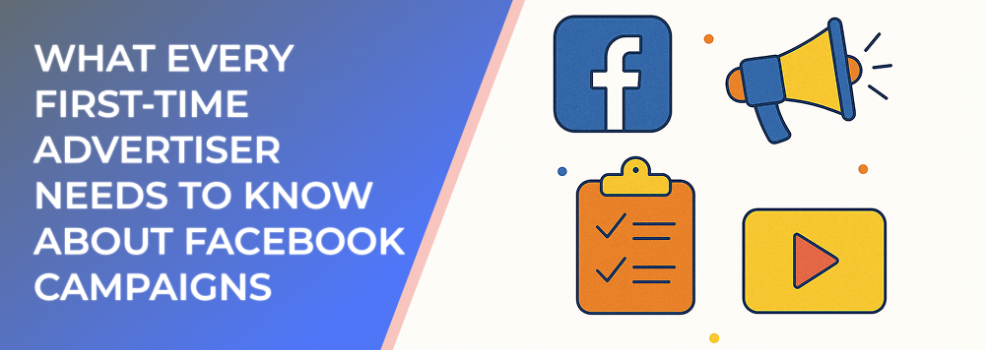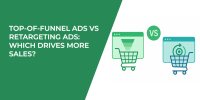Launching your first Facebook ad campaign can feel overwhelming. With so many objectives, targeting options, and settings, it’s easy to waste money without realizing it. Research shows that over 40% of small businesses run ads without proper tracking, which often results in poor ROI. The good news? By learning a few essentials, you can start strong and avoid most common pitfalls.
Step 1: Choose one clear objective
Every campaign starts with an objective. Facebook offers options like Sales, Leads, and Engagement. Pick the one that aligns directly with your business goal. Campaigns with clearly defined objectives stabilize faster and often see 15–25% lower costs per conversion than campaigns with mismatched goals.
Step 2: Set up tracking before you spend
Install the Meta Pixel on your website and configure events such as Lead, AddToCart, and Purchase. Advertisers with proper tracking report 10–20% more conversions attributed to their campaigns, thanks to better optimization.
Step 3: Understand your audience
Facebook’s strength is targeting. Start with:
-
Core audiences (interests, demographics, location).
-
Lookalike audiences (based on your customer list, if available).
-
Retargeting audiences (visitors, engagers, cart abandoners).
Useful stat: Retargeting audiences typically convert at 20–50% lower costs than cold audiences.
Step 4: Keep campaign structure simple
Agencies recommend:
-
One campaign per objective.
-
2–3 ad sets (different audiences).
-
2–3 ads per ad set (different creatives).
Simplified structures exit the Learning Phase 1–3 days faster, giving you steadier results.
Step 5: Plan your budget wisely
Start with 3–5× your target cost per conversion per day. For example, if you want $20 leads, budget $60–100 per day across ad sets. Avoid sudden budget changes; increases of more than 20% at once can disrupt optimization and raise CPAs temporarily by 10–40%.
Step 6: Focus on creative quality
Your ad’s visual and message are the biggest performance drivers. Use:
-
A strong hook in the first seconds.
-
Clear product or service imagery.
-
Social proof (reviews, testimonials, UGC).
Stat: UGC-style ads reduce CPAs by 15–35% compared to polished brand ads.
Step 7: Measure what matters
Don’t get distracted by vanity metrics like likes or impressions. Track:
-
CTR (link): aim for 0.8–1.5%.
-
Conversion rate: 10–20% for lead gen, 2–5% for e-commerce.
-
CPA and ROAS: your true performance benchmarks.
Step 8: Be patient with the learning phase
The first 3–7 days of a new campaign can look unstable. Resist the urge to make drastic edits too early. Data needs time to accumulate, and algorithms stabilize with about 50 conversions per ad set per week.
Useful Statistics Recap
-
40%+ of small businesses run ads without tracking.
-
Correct tracking boosts attributed conversions by 10–20%.
-
Retargeting cuts conversion costs by 20–50%.
-
Simple campaign structures exit Learning 1–3 days faster.
-
Sudden budget changes can spike CPAs by 10–40%.
-
UGC creatives lower CPAs by 15–35%.
Where to go next on LeadEnforce
If you’re launching your first Facebook campaign, these guides will help:
-
Meta Ad Campaign Objectives Explained: How to Choose the Right One — understand objectives clearly.
-
Facebook Ads Not Converting: How To Fix It — troubleshoot early issues.
-
How to Define a Target Audience for Marketing: a Step-by-Step Guide — refine your customer targeting.
Final word
Starting your first Facebook campaign doesn’t need to be risky. By setting a clear goal, installing proper tracking, keeping structures simple, and focusing on strong creative, you’ll build campaigns that deliver measurable results. Learn, test, and adjust—your first steps set the foundation for long-term advertising success.

